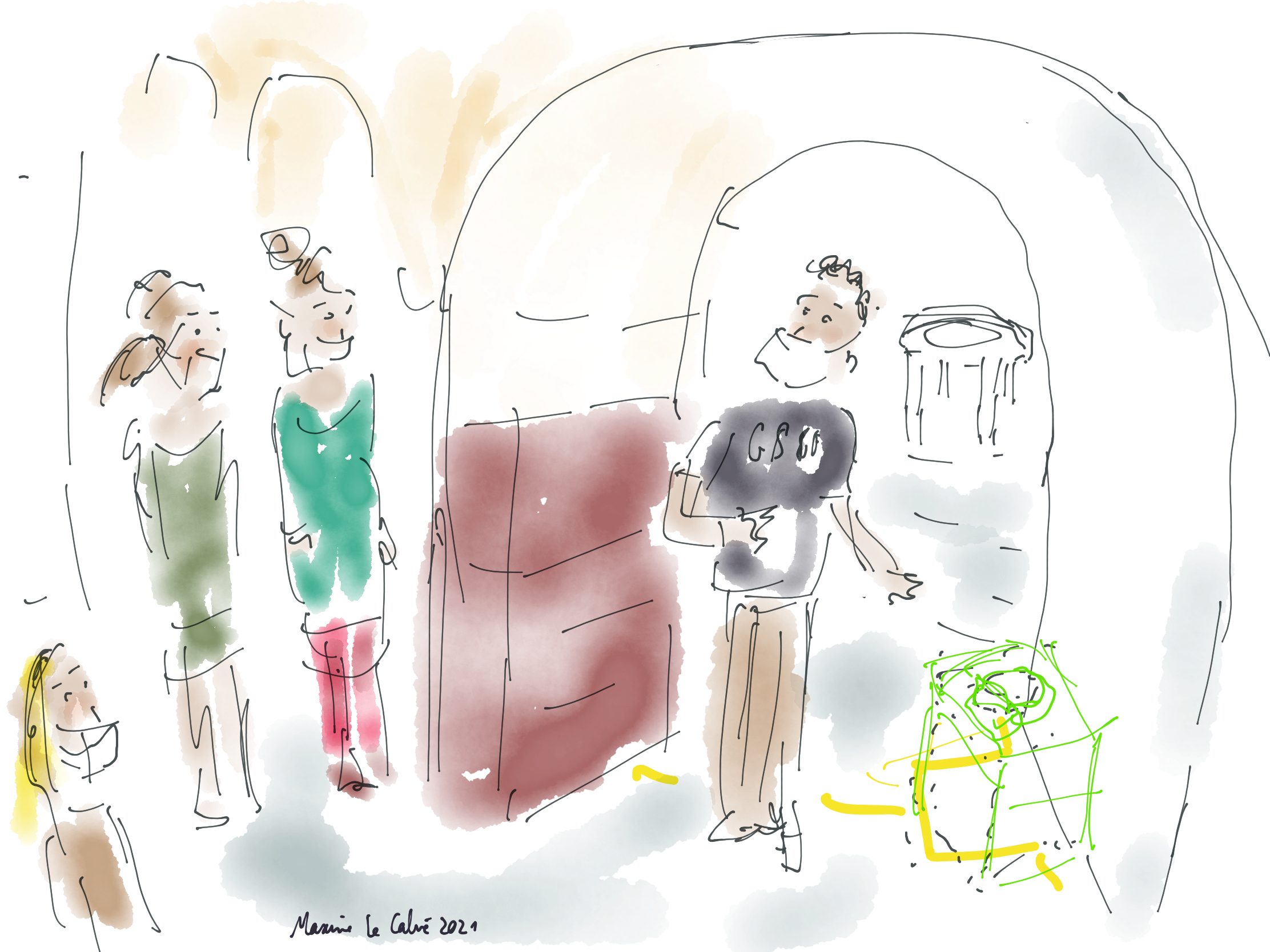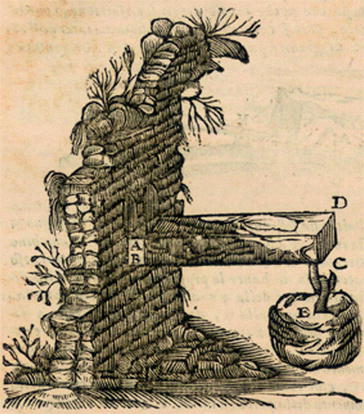

This means we can keep clicking on the 3D view to draw as many lines as we want.

Note: up to this point the line tool is still active. Now exit construction mode by clicking again on Toggle construction. Don't worry too much about their size or position, just extend them in the four quadrants. Repeat this procedure four more times to place construction lines in a star pattern. You don't have to be very precise in this step later we will set the correct dimension. Move the pointer so that the line has a length to around 30 mm.

Click on the point, then move the pointer to start drawing a new line from it. Approach the origin of the sketch, the point should highlight and near your cursor the coincident constraint icon will appear. Now geometrical elements will be drawn in Construction mode. Therefore, you can use as much construction geometry as you need to build real shapes.ģ.1. Real geometry will be the one shown outside of the sketch edit mode, while construction geometry will only be shown inside the edit mode. Construction geometry is used to guide the creation of "real" geometry. Upper part of the task panel of the sketcher. In other sections of the task panel you can also see which geometrical elements and constraints have been defined. Other options can be changed including the size of the visible grid, and whether we want to snap to it in this tutorial we will not snap to the grid and we will also hide it. Note: the tree view will switch to the task panel in this interface expand the Edit controls section, and make sure the Auto constraints option is enabled. Within it, we're able to make use of the majority of the tools of this workbench. Click OK to start constructing the sketch. We will use the default plane and options. Also choose if you want an inverted orientation, and an offset from the base plane. Choose the sketch orientation, that is, one of the base XY, XZ, or YZ planes.


 0 kommentar(er)
0 kommentar(er)
